Eight Perfect Days in Switzerland
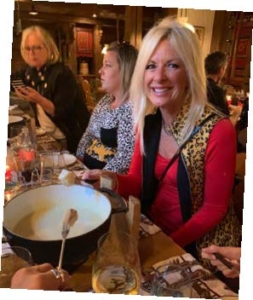 by Lisa Spiller, Luxury Travel Advisor
by Lisa Spiller, Luxury Travel Advisor
It is no wonder Switzerland is called “Little Europe.” Given eight days, you can see the best of Europe by just travelling through Switzerland.
Whether seeking spectacular natural landscapes, historic architecture, gastronomy, active adventure, sophisticated luxury, the historic and cultural influences of Italy, France and Germany, you will find it here.
Armed with a first-class Swiss Travel Pass, I arrived in Zurich and boarded a train to Lausanne. The Swiss trains are comfortable and offer panoramic windows, drinks and snacks, and the conductors are all tall, young and handsome. However, the jaw-dropping scenery steals the show. In Switzerland, the journey itself is equally as exciting as the destination.
Upon arrival in Lausanne, I checked into the Beau-Rivage Palace hotel located directly on Lake Geneva. The Beau-Rivage beckons travelers to slow down and simply enjoy the natural grandeur of the Lake Geneva lifestyle. The glacier pure water is ideal for swimming and water sports including paddleboards, kayaks and paddle boats, all readily available steps from the hotel.
 Waterfront restaurants and the Olympic Museum, one of 500 museums available for free with the Swiss Travel Pass, are within walking distance. Lausanne is an excellent launch point for the Lavaux wine region, a UNESCO World Heritage site, where local farmers produce wines, cheese and chocolate.
Waterfront restaurants and the Olympic Museum, one of 500 museums available for free with the Swiss Travel Pass, are within walking distance. Lausanne is an excellent launch point for the Lavaux wine region, a UNESCO World Heritage site, where local farmers produce wines, cheese and chocolate.
The locals welcome visitors by private appointment to engage authentically, share wine and dairy practices, and sell their goods that never otherwise leave Switzerland.
From Lausanne, we travelled via the Golden Pass panoramic rail to Gstaad, where we were met by Swiss farmers. They smiled under the shadow of their wide-brimmed felt hats and hoisted us onto wooden wagons for a magical horse-drawn carriage ride into the hills. We trotted up a winding gravel road past towering pines, glacial lakes, sheer rock cliffs and mile-high waterfalls to the one-restaurant hamlet of Lauenen.
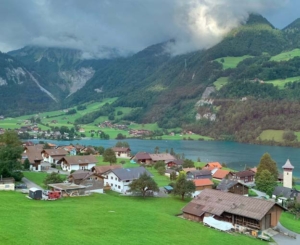 We dined on picnic tables under red canvas umbrellas and washed down sliced ham and potato salad with local beer. It was marvelous.
We dined on picnic tables under red canvas umbrellas and washed down sliced ham and potato salad with local beer. It was marvelous.
If you close your eyes and imagine a quintessential Swiss village, you might envision classic chalet architecture, window boxes dripping with colorful flowers, stenciled doorways and window shutters, cobblestone streets devoid of cars yet well-worn with cheerful and sophisticated couples sipping wine and licking ice cream cones in the sunshine. This is Gstaad. Don’t miss it.
Gstaad is surrounded by forested mountains hiding waterfalls and glaciers. High on one of these hills is the iconic hotel that is Gstaad Palace. Inside, you will find luxurious décor that transports you to the grand hotel style from another century. But the real draw is the legendary 70s-era night club in the basement, where movie stars, international jet setters and ski bunnies have partied for decades until dawn. It still features 1970s décor, a dance floor that hovers right over the pool, discoballs and shiny red leather backless bar stools that look original.
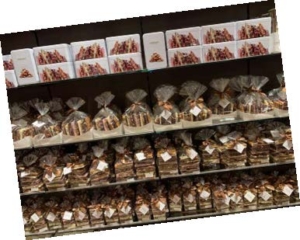 In Switzerland, one must have cheese fondue, and there is no better place to do so than Le Petit Chalet in Gstaad. Le Petit Chalet looks like a doll house for adults and it busts at the seams with a maximum 18 dinner guests. Make no mistake, this could be the best meal of your entire vacation. I still have dreams about our Gruyere cheese fondue dinner in Gstaad.
In Switzerland, one must have cheese fondue, and there is no better place to do so than Le Petit Chalet in Gstaad. Le Petit Chalet looks like a doll house for adults and it busts at the seams with a maximum 18 dinner guests. Make no mistake, this could be the best meal of your entire vacation. I still have dreams about our Gruyere cheese fondue dinner in Gstaad.
The Jungfraujoch is called the “Top of Europe,” and is the highlight of any Swiss holiday. We used panoramic trains, mountain railways, cogwheel sand aerial trams to reach the highest station in Europe at 11,332 feet. Our railcars climbed across breathtaking Alpine passages, precipitous rock face, glacial waterfalls, deep valleys and hills peppered with villages named Grindelwald, Wengen and Lauterbrunnen.
At the top of the world, we stepped off the train into snow and blinding sunshine. My friends ziplined from the top of the Ice Palace, snow tubed, skied and hiked to the top of the glacier. I climbed into a long blue ice tunnel carved under the glacier for a trek on foot, resisting the urge to stop at the ice bars carved into the tunnel for underground wine and champagne service.
From Jungfrau, we travelled to Interlaken, where we walked the main street from the train station to the glamorous Victoria-Jungfrau Grand Hotel & Spa, enjoyed dinner and fell into bed.
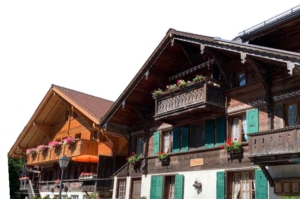 From Interlaken, we kept our pace by hopping on the railway to Alpnachstad, where we boarded the steepest cogwheel railway in the world to the top of Mount Pilatus. The journey was slow and scenic in an open-air cogwheel car that allowed us to hear each click of the tracks, feel the pure mountain air on our cheeks and smell cows grazing before we heard the clang of their cowbells.
From Interlaken, we kept our pace by hopping on the railway to Alpnachstad, where we boarded the steepest cogwheel railway in the world to the top of Mount Pilatus. The journey was slow and scenic in an open-air cogwheel car that allowed us to hear each click of the tracks, feel the pure mountain air on our cheeks and smell cows grazing before we heard the clang of their cowbells.
At the top is a panoramic view, but the journey was the true adventure.
From there, we took the “Dragon Ride” aerial cableway and panorama gondolas down to catch a boat to Lucerne. Lucerne is a massive metropolis that is a mashup of old world architecture and new enterprise, a bustling waterfront featuring dayboat tours around Lake Lucerne, pedestrian bridges and asphalt jammed with busses, cars and bike traffic. The old town is exactly what one hopes for: colorful architecture, steeples, stone-laden craggy roads, waterwheels and locks, blooming flowers spilling from covered bridges and cuckoo clocks that gong on the hour.
The Swiss are not only known for clocks and cheese, but for arguably the world’s finest chocolate. Chocolatiers are common in Switzerland, and chocolate workshops are an interesting way to become familiar with the chocolate culture.
We tested our skills in Zurich where we had an appointment with a chocolate chef. We donned aprons and chef hats and, under her tutelage, made our own chocolates. Save room in your luggage for chocolate!
In Zurich, there are three hotels that I recommend. We stayed at the Baur au Lac, had lunch at The Dolder Grand and lit up the Park Hyatt Zurich hotel bar at night.
It is here that we tasted another national product, Swiss vodka. It was horrible, but I brought some home regardless, and it serves as inspiration for Swiss travel stories over cocktails.
While eight days was an amazing adventure, I recommend at least two weeks, as there are so many more highlights to experience including the Glacier Express, the Matterhorn, St. Moritz, and the cow parades!
Lisa Spiller is an Independent Travel Advisor with Preferred Travel of Naples, www.PreferredNaples.com.
For travel assistance, contactLisa@preferrednaples.com

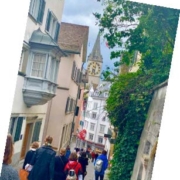
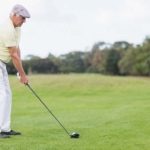
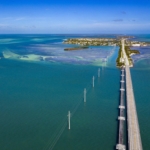
Leave a Reply
Want to join the discussion?Feel free to contribute!